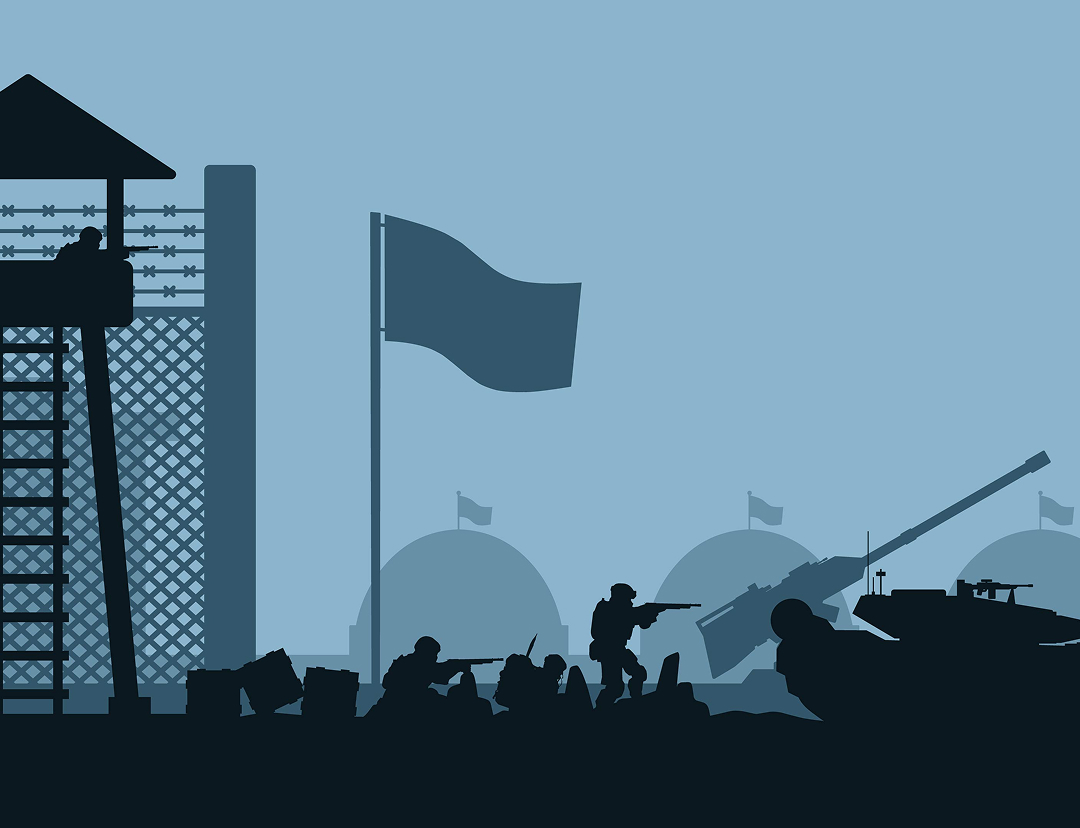As Russia escalates its nightly drone assaults on Ukrainian cities, the production of these unmanned aerial vehicles is surging. The conflict has seen a significant shift, with Russia employing a strategy that relies heavily on drone warfare to target civilian infrastructure and instill fear among the population.
Recent reports indicate that Russia is now capable of launching over 700 drones in a single night. These drones, while not the most advanced, are cost-effective, allowing the Kremlin to overwhelm Ukraine's air defenses. Experts note that many of these drones are based on Iranian designs, particularly the Shahed series, which Russia has begun producing in large quantities at a factory in Tatarstan.
Ukraine's Defense Intelligence has revealed that Russia is on track to manufacture more than 6,000 Shahed-type drones each month. The cost of producing these drones has significantly decreased, from an average of $200,000 in 2022 to approximately $70,000 in 2025. This reduction is attributed to the establishment of domestic production capabilities, which has made it cheaper than earlier purchases from Iran.
The low cost of these drones enables Russia to conduct frequent large-scale attacks. An analysis shows that major missile and drone strikes, which initially occurred about once a month, are now happening every eight days on average. This increase in frequency has created a persistent threat for civilians, particularly in cities far from the front lines.
Civilians have expressed their fears and experiences amid the ongoing attacks. Bohdana Zhupanyna, a Kyiv resident, shared her traumatic experience of losing her home to a drone strike while pregnant. "I lost a lot in this damn war. My father was killed by the hands of Russians, my apartment was destroyed by the hands of Russians, and my mother was almost killed by the hands of Russians," she said.
In addition to long-range strikes, residents near Russian-controlled areas report being targeted by FPV (first-person view) drones, which have attacked pedestrians and vehicles indiscriminately. Despite evidence of civilian casualties, Russia continues to deny targeting non-combatants.
The effectiveness of Russia's drone campaign has reportedly improved, with a hit rate of nearly 20% since April, up from less than 10% in 2024. Analysts emphasize that the psychological impact of these attacks is significant, as they create a constant state of anxiety among the population.
In response, Ukraine has also ramped up its drone capabilities, employing FPV drones for counterattacks and targeting Russian infrastructure. Both sides are engaged in a rapid technological arms race, with each adapting to the other's innovations. Experts predict that the development of AI-powered drones capable of autonomous decision-making is on the horizon for both nations.
As the conflict continues, the reliance on drones is reshaping modern warfare, presenting new challenges for military strategies worldwide. The ongoing developments highlight the evolving nature of combat and the increasing importance of drone technology in contemporary conflicts.

 America News
America News

 CNN
CNN CNN Video
CNN Video CBS News
CBS News The Week
The Week NBC News
NBC News FOX 4 News Arlington
FOX 4 News Arlington Associated Press US News
Associated Press US News Daily Kos
Daily Kos